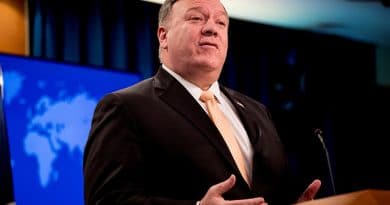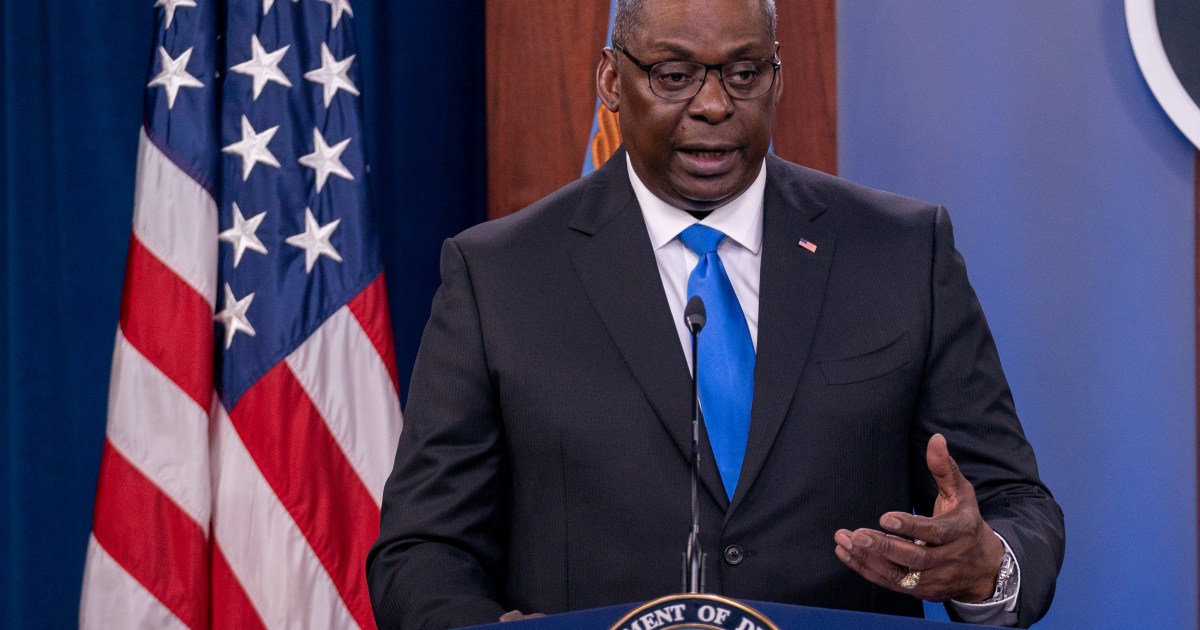When American democracy crumbles, it won’t be televised | Bhaskar Sunkara
Americans are not exactly known for nuance. Maybe it shouldn’t surprise us then that the rightwing protests that turned into a riot at the US Capitol building on 6 January 2021 were immediately described as a coup attempt.
For most Democrats, the participants were at the very least insurrectionists guilty of sedition, or perhaps even domestic terrorists. Wall-to-wall coverage at the time on broadcast television and magazine thinkpieces waxing eloquent about the attack on “the people’s house” confirmed the assessment.
For establishment Republicans, the protesters were the worst slur they could think of: they were “foreign”. George W Bush compared them to people in a “banana republic” and the Republican congressman Mike Gallagher agreed that “we are witnessing absolute banana republic crap in the United States Capitol right now.” The Florida senator Marco Rubio described the events in a tweet as “3rd world style anti-American anarchy”.
But despite all the fears, the pro-Trump rioters on 6 January didn’t exactly look like hardened fascists. Most wandered disorganized to the Capitol, looked on from a distance, took selfies and then trotted back to their hotel rooms after they got bored. These weren’t the street fighters we’ve come to associate with the rise of the far right internationally.
Perhaps the strongest sign that the United States wasn’t actually in danger of falling to fascism that day was the response to 6 January from American elites. It is well established that big business interests have historically aligned both with fascism, as was the case in the 1930s, and rightwing authoritarianism, and authoritarianism more generally, during moments of crisis. As the Columbia law professor Tim Wu wrote in his recent book on monopolies: “The monopolist and the dictator tend to have overlapping interests.”
Trump, of course, has something in common with fascists. He uses mass communications to stoke already widespread disaffection, directing anger not at economic power brokers but at minorities and perceived cultural elites. He has encouraged violence and threats of violence against his enemies, culminating in the mobilization one year ago today.
But what he didn’t have was elite buy-in. Trump gave business what it wanted while he was in power, deregulating and cutting taxes while keeping the power of labor in check. But unlike in 1920s Italy or 1930s Germany, major commercial interests didn’t feel nearly threatened enough by workers’ organizations and the left to allow the president to overturn democratic norms. Indeed, by 6 January, they seemed to see an unstable White House as a bigger threat to their profits.
In the aftermath of the Capitol riot, the pro-Trump National Association of Manufacturers called for the president to be impeached. The highly influential Business Roundtable, which represents the country’s largest corporations, issued a condemnation of the actions almost as strong. Finance capital, that great historic ally of fascism in its initial variant, wasn’t too far behind.
Jamie Dimon, chairman and CEO of JPMorgan Chase, said on 6 January itself: “Our elected leaders have a responsibility to call for an end to the violence, accept the results, and, as our democracy has for hundreds of years, support the peaceful transition of power.”
None of this is to impute intrinsic democratic motives to the American elites. They are, after all, helping to bankroll gerrymandering efforts across the country that dilute democracy and skew results in their favor. They are pouring in millions to support the campaigns of politicians who would roll back voting rights. And they are rallying their resources to oppose legislation that would give working-class people greater power in the economy.
But, for all their anti-democratic efforts, they are far from ready to openly abandon liberal democratic norms. Why risk the turmoil when their slow dismembering of democracy from the inside is protecting their profiteering even better than shock troops would?
In other words, US politics is indeed in crisis – but the crisis is a slow-moving one. It’s not as dramatic as a fascist storming of a Capitol building or a military takeover. But it’s almost as harmful to democracy in the long run.
This brings us to the question of institutional reform.
In the United States, a party doesn’t just win an election and then govern (either alone or in coalition). Rather, after a successful election they often must deal with a myriad of veto points. Due to the Senate filibuster, 60 votes (derived undemocratically with two senators from each state, including the least populated ones) are necessary to pass most legislation. And in the House of Representatives, the more democratic lower house of the legislature, elections are held every two years, often making it out of sync with Senate elections, held every six years, and presidential elections, held every four years.

A two-party system with this kind of structure all but guarantees that divided government is the norm rather than the exception – and that’s not to mention the role of a powerful judiciary. It was a political arrangement built by America’s founders to muzzle popular passions and ensure elite rule and that changes to the constitution through amendments are almost impossible to bring about.
Contrary to myths about American stability, it hasn’t actually worked out that well. In the 19th century, the structure of US government, particularly its devolution of power to states, protected slavery and the power of plantation owners, which led directly to a bloody civil war. In the 20th century, things were more stable, but this required an unusual amount of elite consensus and cross-party cooperation.
But that consensus became harder to maintain after the exodus of northern liberals from the Republican party and southern Dixiecrats from the Democratic party created a more ideologically coherent system. We had a center to center-left party incorporating some business interests, as well as the labor movement and a disproportionately racial-minority base of workers, on the one hand, and on the other a rightwing party of business with a solid popular base among conservative southern whites. The resulting level of polarization was not unusual by world standards, but the American political system was uniquely ill-equipped to handle polarization.
In a rational system, elections would have consequences, the winning party would be able to govern, and if people disapproved of their actions, they would be voted out to allow the opposition to do the same. In the American system today, elections almost always result in divided government and the opposition can use the system’s many chokepoints to hamper the ruling party’s attempts to govern.
It’s no wonder so many Americans lack faith in the ability of politics to change their lives for the better.
Polarization has happened in both directions, and as Ezra Klein argues in his 2020 book Why We’re Polarized, we shouldn’t follow standard talking points and denounce it as inherently bad. The anti-democratic political system in the United States functioned only with labor and Black Americans, in particular, muzzled in the last century, and some of the political tension decried by observers is coming from oppressed people asserting their rights and interests more vocally.
However, it’s clear that the Republican party has moved rightward at a much faster speed than the Democrats have moved leftward. Republican distrust of state institutions – reflected both in their skepticism of election results as well as vaccine safety – has grown more intense. Tens of millions of Trump voters justified the 6 January riot at the Capitol, think the 2020 vote was stolen, and fear the same will happen in the 2022 midterms, in which Republicans are expected to make major gains.
If Trumpism was the counter-revolution inaugurated by eight years of tepid liberalism under President Obama, what kind of response would a more confident leftwing government inaugurate? That’s a question that every progressive should ask themselves, especially as they attempt to push Biden to become “the new FDR”. After all, we can expect reactionary forces to become even more aggressive if faced with a more assertive leftwing foe.
How does one defuse the situation? To begin with, Democrats need to focus less on conjuring nightmares about the future (even if some of those fears are warranted) and more on offering dreams that people can believe in. That means clearer bread-and-butter messaging about the material gains that politics can offer people. They should lead with this program, while being willing to take measures to pursue institutional reform to carry out this program once in power, such as eliminating the Senate filibuster and weakening the power of the courts.
The future of US politics is bleak: it’s hard not to imagine, as Vox’s Zack Beauchamp does, continued instability, a lack of trust in elections, a gridlocked Congress, and the growth of extremist groups. 6 January 2021 may have been a riot and not a coup, but there will be far more riots to come until the left figures out a way to resolve the contradictions that plague US society. And if we don’t, the specter of the right breaking the impasse through authoritarian measures will become far more present.
For now, however, the problem isn’t that American democracy is about to be overthrown; it’s that America isn’t much of a democracy to begin with. We need to create one people can believe in.





